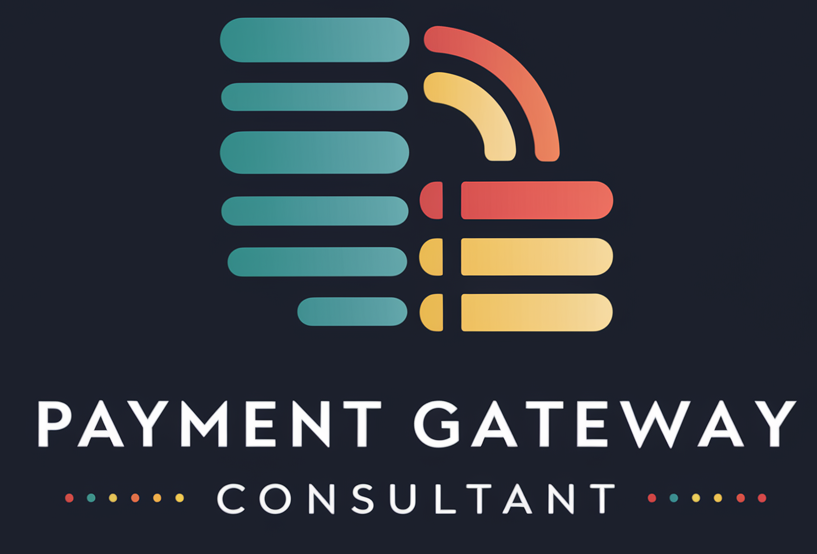Net 30 is a common payment term used in business-to-business (B2B) transactions. It indicates that the full payment for goods or services is due within 30 calendar days from the date of invoice. Understanding how Net 30 works and its implications for both buyers and sellers is crucial for effective cash flow management and maintaining strong business relationships.
What Does Net 30 Payment Terms Mean?
Definition of Net 30 Payment Terms
Net 30 is a type of trade credit where the seller allows the buyer to pay the full invoice amount within 30 days of the invoice date. This means that the buyer has a 30-day grace period to make the payment without incurring any interest or penalties. Net 30 is one of the most common payment terms used in B2B transactions, as it provides buyers with short-term financing and helps sellers build trust with their clients.
How Net 30 Payment Terms Work
When a seller issues an invoice with Net 30 terms, the payment clock starts ticking from the invoice date. The buyer has 30 calendar days to pay the full amount. For example, if an invoice is issued on April 1st with Net 30 terms, the payment is due by May 1st. It’s essential for both parties to agree on the start date of the Net 30 period, as it could be the invoice date, the date of goods delivery, or another mutually agreed-upon date.
| Invoice Date | Payment Terms | Payment Due Date |
|---|---|---|
| April 1st | Net 30 | May 1st |
Advantages and Disadvantages of Net 30 Payment Terms
Advantages for Sellers
- Builds trust and long-term relationships: Offering Net 30 terms demonstrates confidence in the buyer and helps establish a strong business relationship.
- Encourages larger orders: Buyers may be more inclined to place larger orders when given the flexibility of Net 30 terms, as it improves their cash flow.
- Enhances competitiveness: Many businesses expect Net 30 terms, so offering them can make a seller more competitive in their industry.
Advantages for Buyers
- Improved cash flow: Net 30 terms provide buyers with short-term, interest-free financing, allowing them to better manage their cash flow.
- Opportunity to inspect goods: Buyers have time to receive and inspect goods before making payment, ensuring they are satisfied with their purchase.
- Builds credit history: Consistently paying invoices on time under Net 30 terms helps buyers establish a positive credit history with sellers.
Disadvantages for Sellers
- Potential cash flow issues: Extending Net 30 terms means sellers must wait longer to receive payment, which can strain their cash flow.
- Risk of late payments or defaults: Some buyers may fail to pay within the Net 30 period, leading to cash flow disruptions and the need for collection efforts.
- Administrative burden: Tracking and managing Net 30 invoices requires more administrative work compared to immediate payment terms.
Disadvantages for Buyers
- Risk of overextending: Buyers may be tempted to make purchases beyond their means, assuming they have 30 days to come up with the funds.
- Late payment consequences: If a buyer fails to pay within the Net 30 period, they may incur late fees, interest charges, or damage to their credit rating with the seller.
- Reduced early payment discounts: Some sellers offer discounts for early payment, such as “2/10 Net 30,” which buyers may miss out on if they take the full 30 days to pay.
Variations and Alternatives to Net 30 Payment Terms
Common Variations (e.g., 2/10 Net 30)
Some sellers offer variations on Net 30 terms to encourage early payment. A common example is “2/10 Net 30,” which means the buyer can deduct a 2% discount from the invoice amount if they pay within 10 days. Otherwise, the full amount is due within 30 days. These terms incentivize buyers to pay sooner, improving the seller’s cash flow.
| Payment Terms | Meaning |
|---|---|
| 2/10 Net 30 | 2% discount if paid within 10 days, otherwise full amount due in 30 days |
| 1/15 Net 30 | 1% discount if paid within 15 days, otherwise full amount due in 30 days |
Alternative Payment Terms (Net 7, Net 15, Net 45, etc.)
While Net 30 is common, businesses may use alternative payment terms based on their industry, cash flow needs, or customer relationships. Some examples include:
- Net 7: Full payment due within 7 days of the invoice date.
- Net 15: Full payment due within 15 days of the invoice date.
- Net 45: Full payment due within 45 days of the invoice date.
- Net 60: Full payment due within 60 days of the invoice date.
Implementing Net 30 Payment Terms in Your Business
Setting Clear Payment Terms
To successfully implement Net 30 payment terms, it’s crucial to set clear expectations with buyers from the outset. Include the payment terms on every invoice and discuss them with new customers before extending credit. Be sure to specify the invoice date, payment due date, and any early payment discounts or late payment penalties.
Managing Accounts Receivable
Effective accounts receivable management is essential when offering Net 30 terms. Regularly monitor outstanding invoices, send reminders as the due date approaches, and follow up on late payments promptly. Consider using accounting software or invoicing tools to automate these processes and keep track of your cash flow.
Handling Late Payments
Despite clear terms and reminders, some buyers may still pay late. Have a plan in place for handling late payments, which may include:
- Sending friendly reminders and making phone calls
- Charging late fees or interest as outlined in your payment terms
- Offering payment plans for customers in temporary financial difficulty
- Engaging a collection agency or legal services for significantly overdue accounts
Conclusion
Net 30 payment terms can be a valuable tool for businesses looking to build strong relationships with their customers and improve their cash flow. By understanding the advantages, disadvantages, and best practices associated with Net 30, both buyers and sellers can make informed decisions about when and how to use these terms. Ultimately, the key to success with Net 30 is clear communication, effective accounts receivable management, and a willingness to work with customers to find mutually beneficial solutions.
See also:






